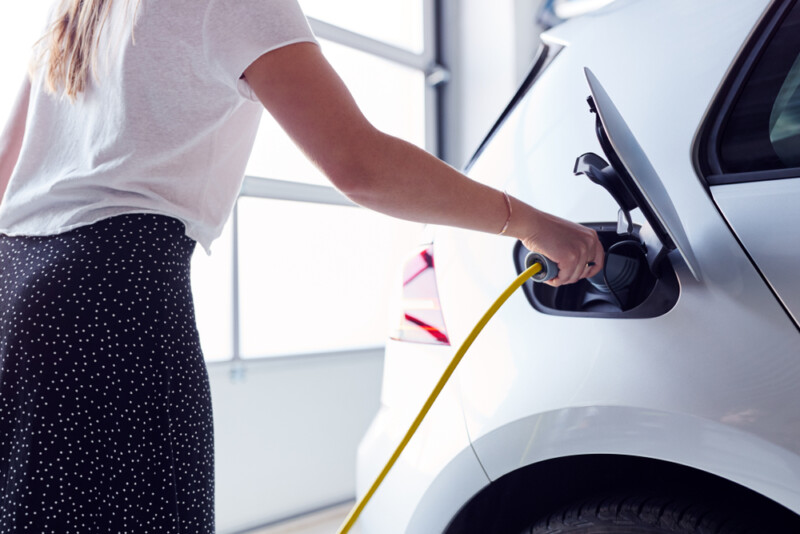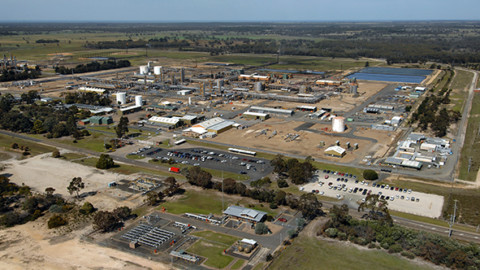The Federal Government has outlined an electric vehicle (EV) uptake strategy in its first Future Fuels and Vehicles Strategy, alongside an additional $178 million investment in the Fund.
The expansion brings the Future Fuels Fund to $250 million, which will focus on developing four key areas of investment, including:
- Public electric vehicle charging and hydrogen refuelling infrastructure
- Heavy and long-distance vehicle technologies
- Commercial fleets
- Household smart charging
The strategy is expected to result in more than $500 million of combined private and public co-investment directed into the uptake of future fuels in Australia and the creation of more than 2,600 new jobs.
Prime Minister, Scott Morrison, said the Future Fuels and Vehicles Strategy delivers on the Federal Government’s recently released Long-Term Emissions Reduction Plan, which sets out a strategy to reach net zero emissions by 2050.
“We will not be forcing Australians out of the car they want to drive or penalising those who can least afford it through bans or taxes,” Mr Morrison said.
“Instead, the strategy will work to drive down the cost of low and zero emission vehicles, and enhance consumer choice.
“We will do this by creating the right environment for industry co-investment in technology development.
“Just as Australians have taken their own decision to embrace roof-top solar at the highest rate in the world, when new vehicle technologies are cost competitive, Australians will embrace them too.”
Federal Minister for Industry, Energy and Emissions Reduction, Angus Taylor, said, “Like we saw with our world-leading rooftop solar uptake, we know that when new technologies reach price parity, Australians rapidly adopt them.
“We will take these lessons from solar integration into our reform work to ensure our grid is ‘EV ready’ to keep the lights on and bills affordable for everyone.”
The Federal Government will also implement reforms through Energy Ministers to ensure the electricity grid is ready for an increase in electric vehicles.
These reforms aim to keep the grid reliable and affordable, and avoid the estimated $224 million in electricity network upgrades needed by 2030.
The additional investment in the Future Fuels Fund came off the back of round one of funding, which leveraged $55 million in private sector co-investment to drive a seven-fold increase in the number of fast charging stations across urban and regional centres.
Industry responds
CEO of the Electric Vehicle Council, Behyad Jafari, said that while the strategy will accelerate charging infrastructure, it misses some crucial targets.
“If it contained fuel efficiency standards and rebates it would give Australians more choice,” Mr Jafari said.
“Fuel efficiency standards are the absolute bare minimum of what you would expect in any 21st century plan.
“If Australia continues to be one of the only developed nations without fuel efficiency standards, then we will continue to be a dumping ground for the world’s dirtiest vehicles.
“Future fuels is certainly an advance on the government’s rhetoric of the last election. The strategy has identified some of the correct benefits and pathways, but it does little to realise them.
“I welcome the progress we’ve seen, but it’s far too little too late. For a strategy that has apparently taken years to write, it leaves much to be desired.”
Clean Energy Council Chief Executive, Kane Thornton, said that the strategy squanders another opportunity to drive down emissions and save households money.
“The electrification of transport is one of the most efficient strategies for decarbonising our economy, and yet the government has once again decided to take the slow lane by refusing to adopt policies that incentivise uptake,” Mr Thornton said.
“The Federal Government purports to support choice for Australian motorists, but in fact its strategy stifles choice by making it very challenging for Australia to attract a wide selection of battery electric vehicles to the market.
“EVs are in high demand and we are competing with international markets to attract supply to the Australian market.
“Without explicit policies to drive consumer uptake, we will continue to receive yesterday’s technologies.”
The Australian Energy Council (AEC) Chief Executive, Sarah McNamara, also commented on the strategy.
Ms McNamara said that the expansion of charging infrastructure, including smart chargers in homes, EVs in commercial and government fleets and the consideration of tariff reforms to better integrate EVs into the grid, were all positive measures.
“The emissions projections released by the government last week show that there was a long way to go to reduce transport sector emissions, with transport forecast by 2030 to be the second largest carbon emitter behind stationary energy.
“While transport emissions are expected to fall from 2019 levels, by 2030 they are still forecast to be above 2005 levels.
“Greater electrification in sectors like transport is achievable now and will be an important ingredient in successfully getting that sector’s carbon emissions down. We know range anxiety is an issue for motorists, so a broader charging network will assist.
“EVs are likely to play an increasing role in managing system security and reliability through the harnessing of their storage capacity when they are charged. Tariff reform to promote flexible demand will also have a role to play.”
Ms McNamara said the announcement is a reflection that to date, the electricity sector has been doing the heavy lifting on emissions reductions as more renewables come into the system and older power stations close.
“Electricity sector carbon emissions are expected to drop by 91 million tonnes between 2019 and 2030 because of the transition underway,” Ms McNamara said.
“Yet, Australia’s total carbon emissions are expected to fall by less than 91 million tonnes this decade because some sectors will actually see their emissions increase. Addressing these other sectoral emissions should now become our focus.”
More information on the Future Fuels and Vehicles Strategy is available at https://industry.gov.au/FFVS.
















